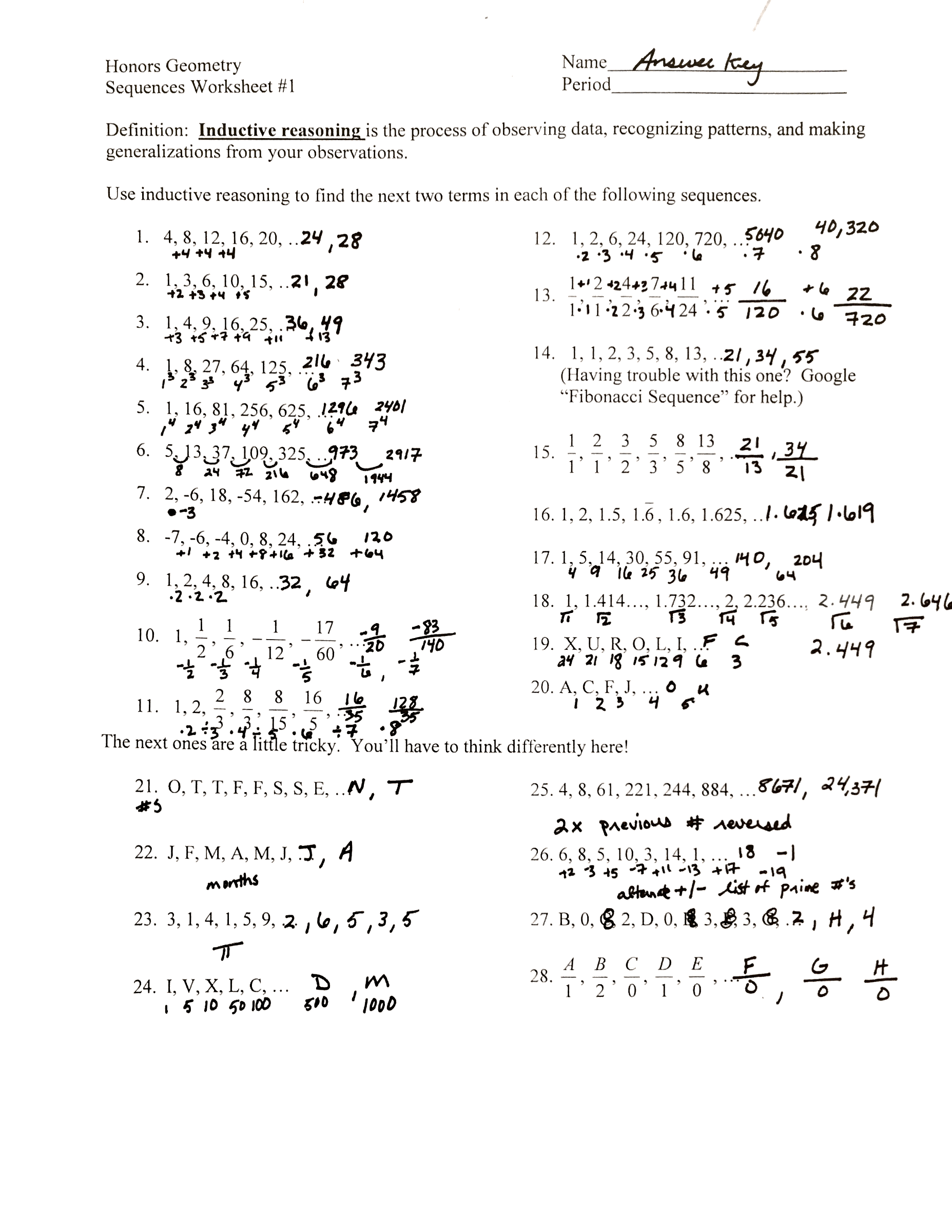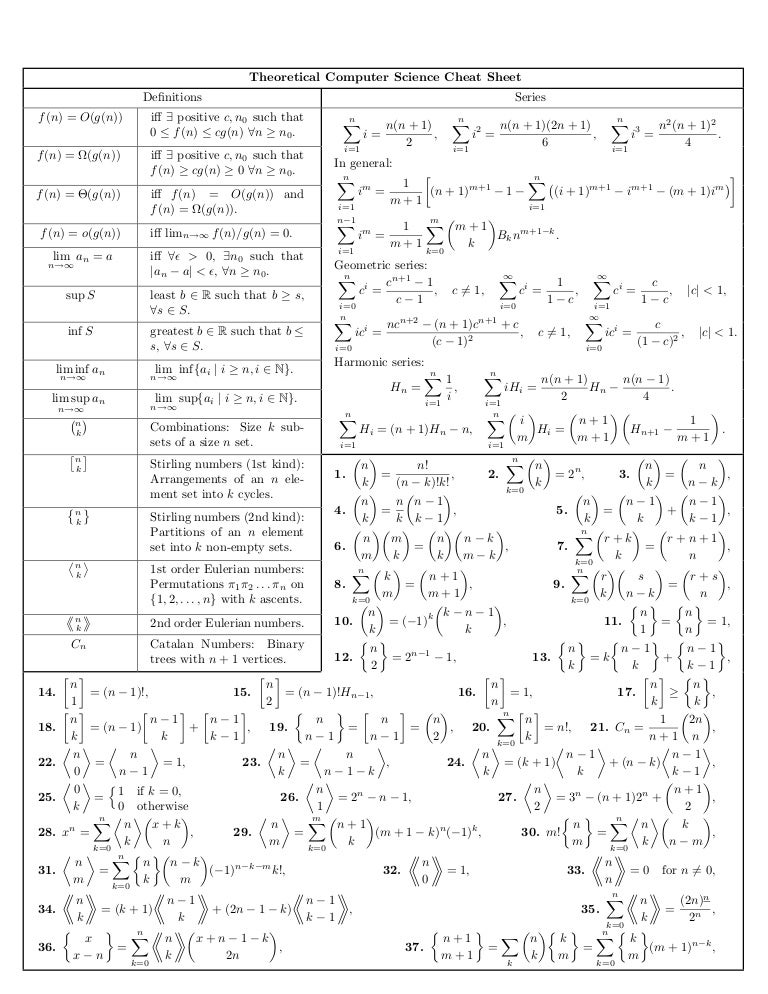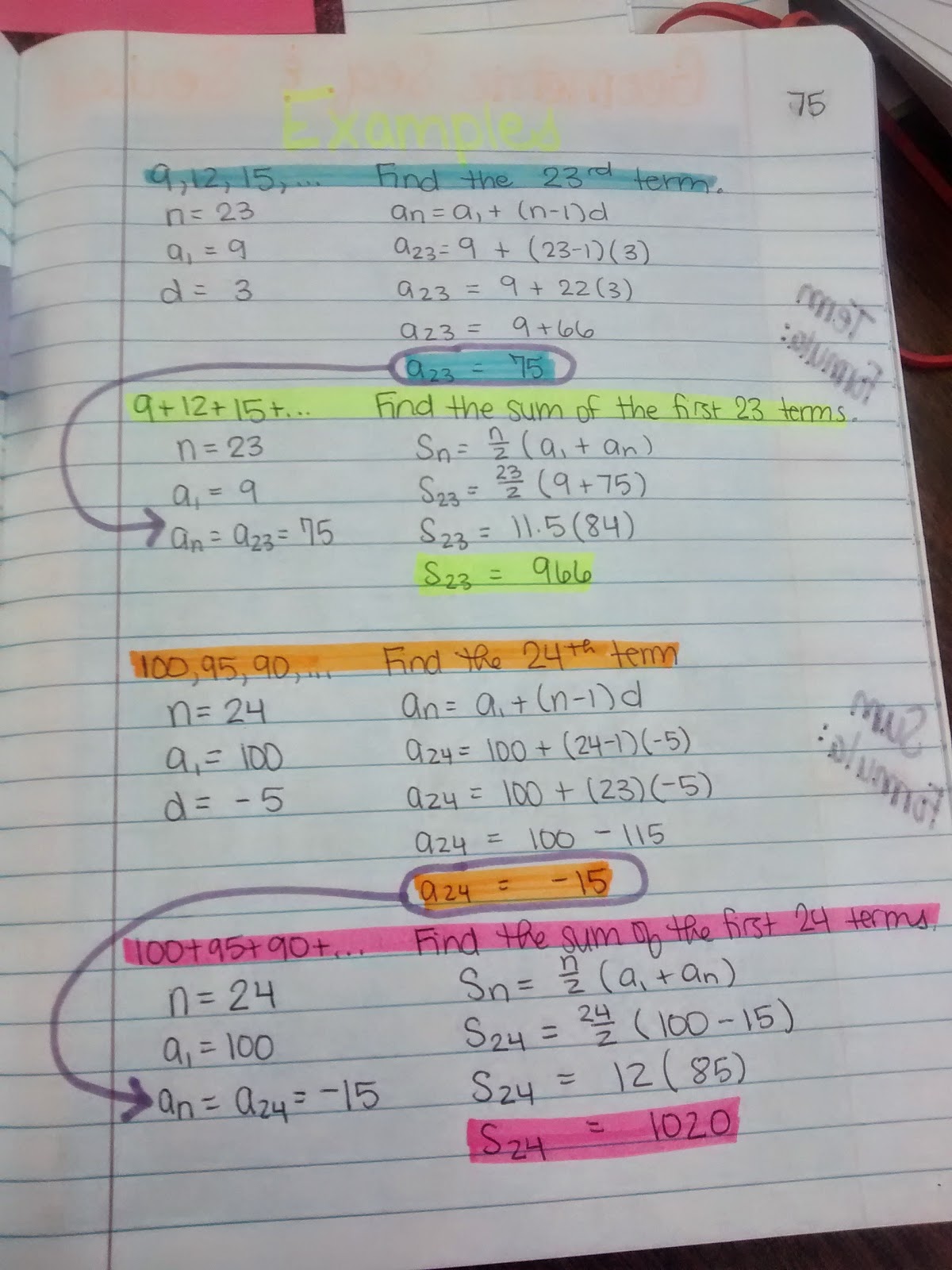

SlowerĮnables OS detection, version detection, script scanning, and traceroute Higher number increases possibility of correctnessĮnable light mode. Leaving off initial port in range makes the scan start at port 1Īttempts to determine the version of the service running on port TCP connect port scan (Default without root privilege)ĭisable port scanning. Frequently Asked Questions Target Specification SWITCH.For example, try to find the next few terms in the following sequences:Įvery term is cubed. You may have heard the term inductive reasoning, which is reasoning based on patterns, say from a sequence (as opposed to deductive reasoning, which is reasoning from rules or definitions).

Sequences are the list of these items, separated by commas, and series are the sum of the terms of a sequence (if that sum makes sense it wouldn’t make sense for months of the year). Each of these numbers or expressions are called a term or an elements of the sequence. Sequences are basically just numbers or expressions in a row that make up some sort of a pattern for example, January, February, March, …, December is a sequence that represents the months of a year. Note that Limits of Sequences are discussed here in the Limits and Continuity section. Sequences and Sums on the Graphing Calculator Summary of Formulas for Sequences and SeriesĮxplicit Formulas Versus Recursive Formulas Applications of Integration: Area and Volume.Exponential and Logarithmic Integration.Riemann Sums and Area by Limit Definition.Differential Equations and Slope Fields.Antiderivatives and Indefinite Integration, including Trig.Derivatives and Integrals of Inverse Trig Functions.Exponential and Logarithmic Differentiation.Differentials, Linear Approximation, Error Propagation.


Powers, Exponents, Radicals, Scientific Notation.


 0 kommentar(er)
0 kommentar(er)
